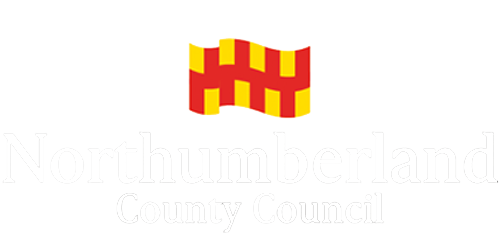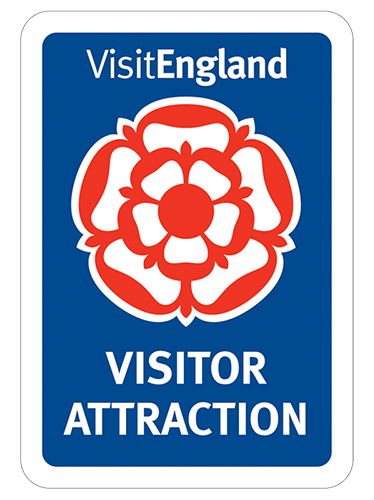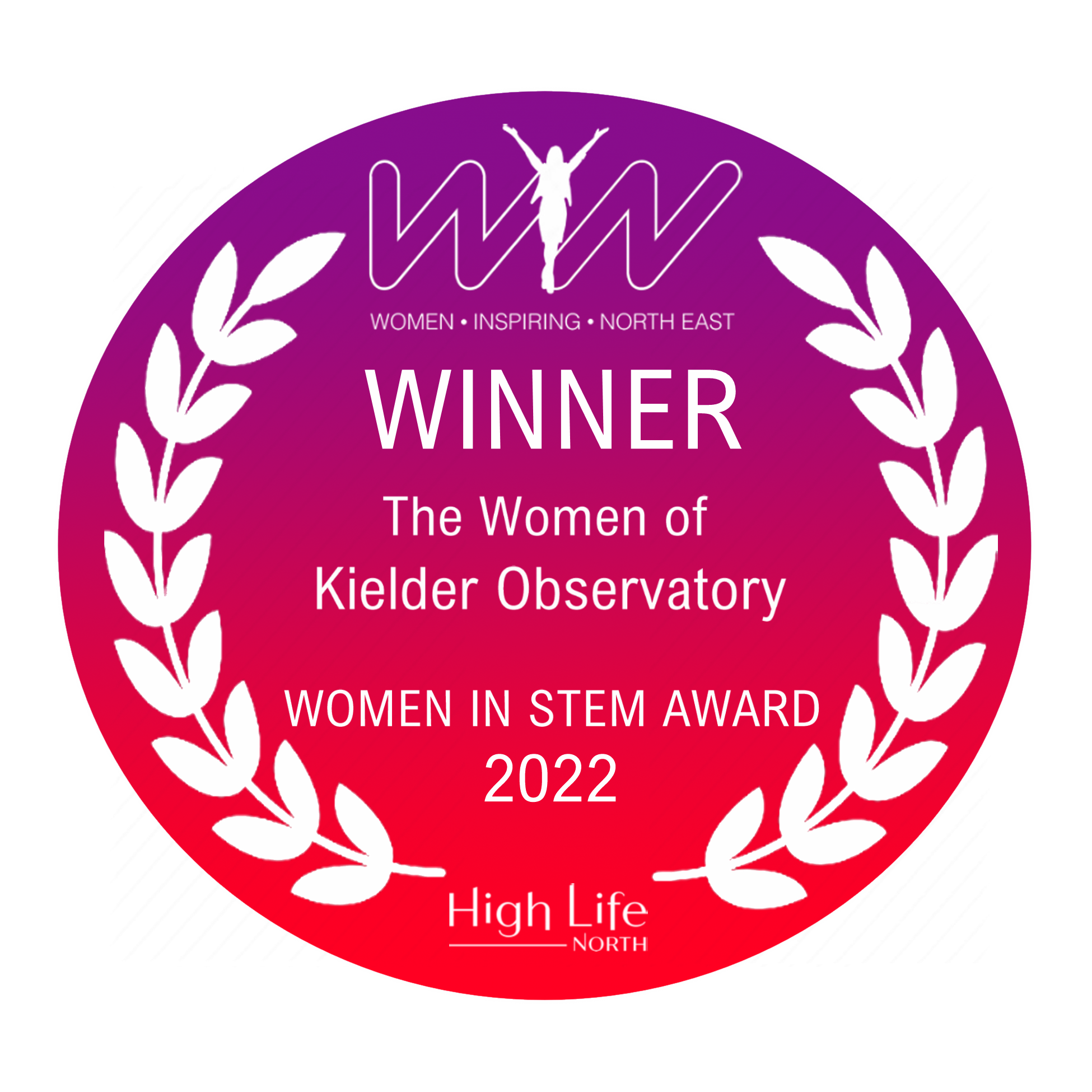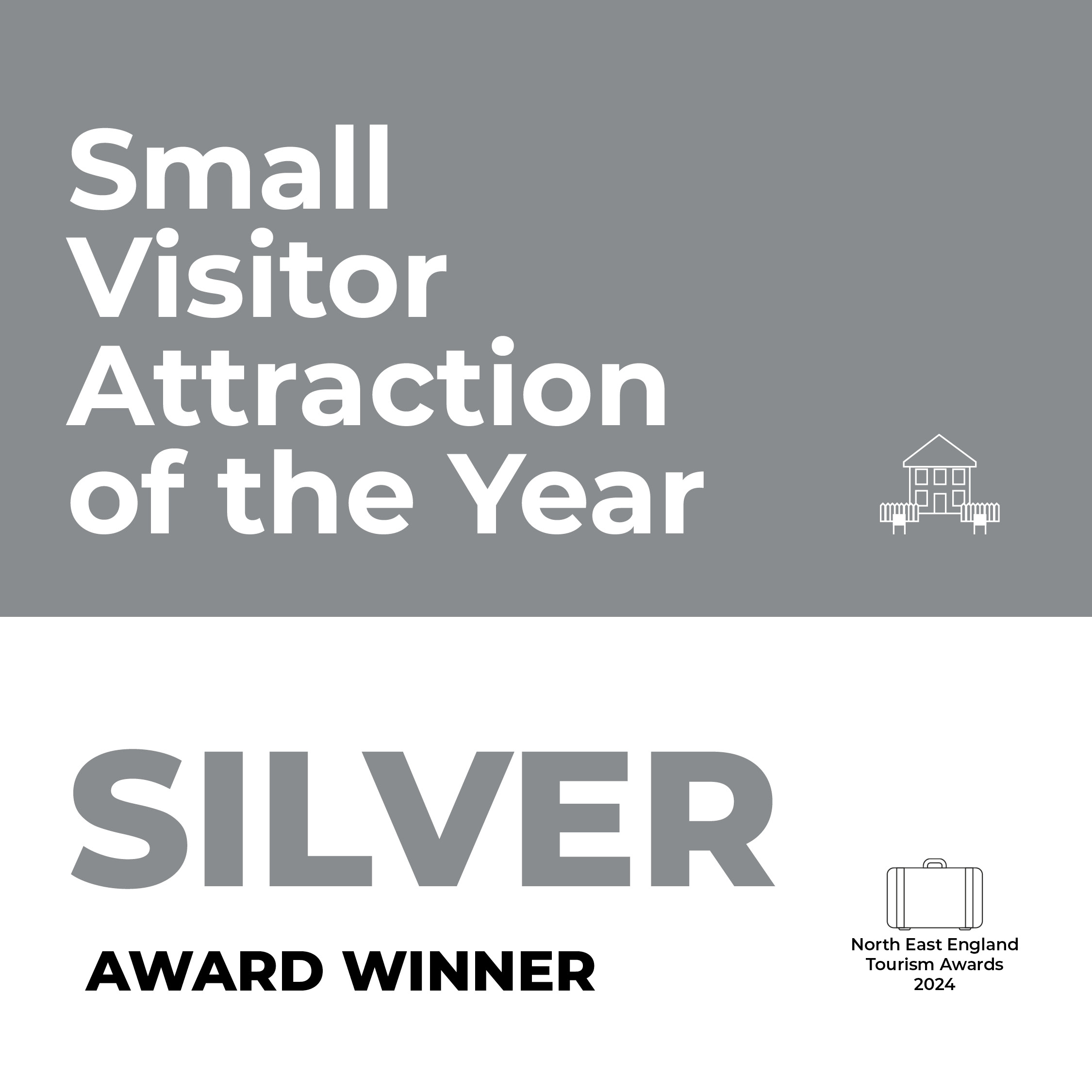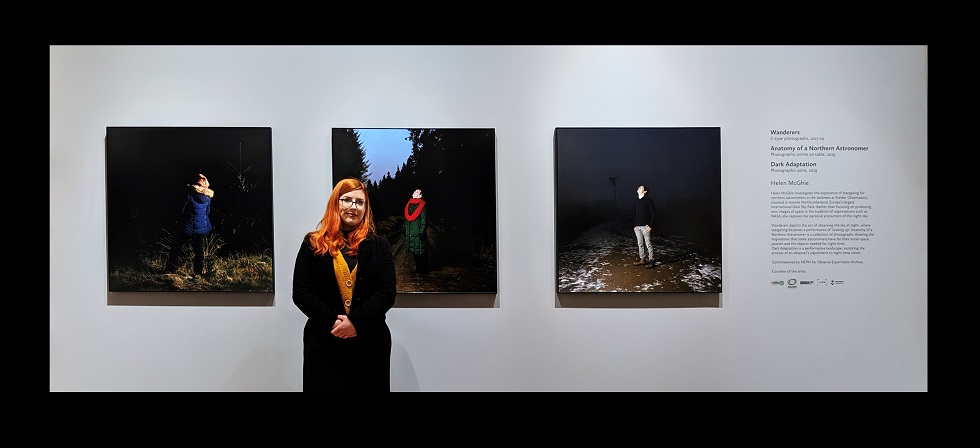

Observe, Experiment, Archive13/12/2019
Wanderers, Anatomy of a Northern Astronomer, Dark Adaptation
By Natasha Lund Ba (Hons), Art Programme Lead
The exploration of light, darkness the transformative nature of observing the night time sky.
These are the core concepts of contemporary photographer Helen McGhie’s body of work “Dark Adaptation”, “Wanderers” and “Anatomy of a Northern Astronomer”. Along with other work, and in partnership with Kielder Observatory, the pieces can be viewed between the 15th November and January the 5th at the Special Exhibition Gallery at the Winter Gardens Museum in Sunderland. As the arts programme lead for the observatory, I went down to view the exhibition and have a chat with Helen herself.
The Winter Gardens is a perfect stage for the exhibition to be set upon. With its verdant flora and fauna, spacious and stylish galleries and on trend eatery, it provides a perfect environment within which to contemplate the themes of scientific innovation, historical collections and the work of light and lens presented in “Observe, Experiment, Archive.” Helen’s work is one part of this response by photographic artists to the above and addresses not only the expression of the human condition but also how we might meet the challenges that face us in the future.
Of Helen’s work, the first is that it is at heart a process of telling the stories of those who seek out the darkness of the dark sky park, and who gaze up at the punctuating starlight that has inspired so many before them and will inspire so many after. A deeply personal experience, the act of observing is captured both starkly and enigmatically with “Wanderers”.
Here, Helen both conversed with and photographed staff from Kielder Observatory and her own mother. We are, us three, caught in the act of observing, performing for the camera whilst undergoing a journey into the darkness. The stark flash of a white throat and the sprinkling of winter snow accompanies Jesse, who is no stranger to the cold. The silent mist surrounds him and Kielder Observatory, our eyes into the universe, sits quietly in the murk. Jesse looks very at home. Perhaps that is what he feels when he stargazes.
Helen’s mother is a lone figure on a forest track, flanked by the tall trees in the twilight hour. Although it is not yet truly dark, she is expectant and patient, wrapped up warmly whilst she waits for starlight. Perhaps her wandering will show her stars for the first time. I wonder what she would think of her encounter with the changing skies, as darkness takes her and hears only her voice and no one else’s.
And finally, Helen photographed me. My hair is as bold as my stance, unafraid of the void that cuts off the landscape on which I stand. I am content in the darkness and surefooted. Kielder Observatory is my home and the sky is a map I can read and find beauty within. My portrait shows this, and I’m thrilled with it.
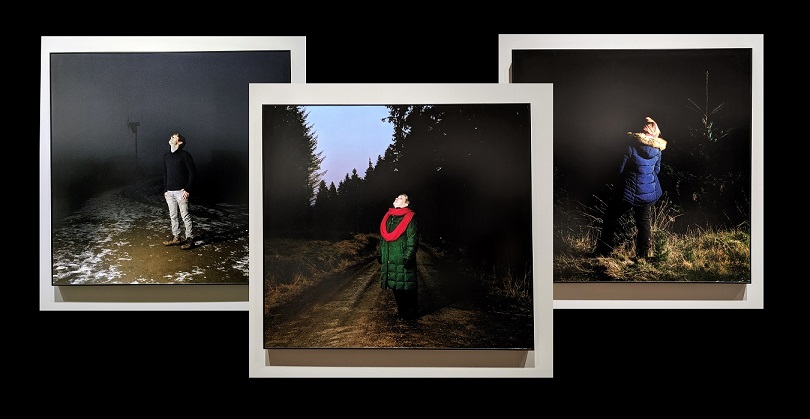
After being presented with three individual stories, three wanderers who are not lost but seeking a path to somewhere new that is not earthly, Helen’s next submission is more an invitation to darkness.
“Dark Adaptation” is a large, bold statement performative landscape where you are invited to consider what darkness is to you. It is in reality, as are most of the images presented to viewer, inspired by conversations with real astronomers and real people living and working under our dark skies. The particular story of this otherworldly image is in equal parts tragic, hopeful and brave. It speaks of stepping into new territory when the landscape has changed, even though you can’t see where you are going.
However, we don’t get to hear this tale as it is personal, as is every encounter with the darkness, which is precisely the point. What do you see when you stand alone in the dark? Where are you in this image? Perhaps on the surface of Mars. Perhaps in a photography dark room. Perhaps on the boundary of something personally challenging.
And the final instalment is the “Anatomy of a Northern Astronomer”, a catalogue style collection of images that embody, display and celebrate some of the tools, imagery and items that allow astronomers to practise their craft, along with some interpretative imagery that speaks of the scientific method.
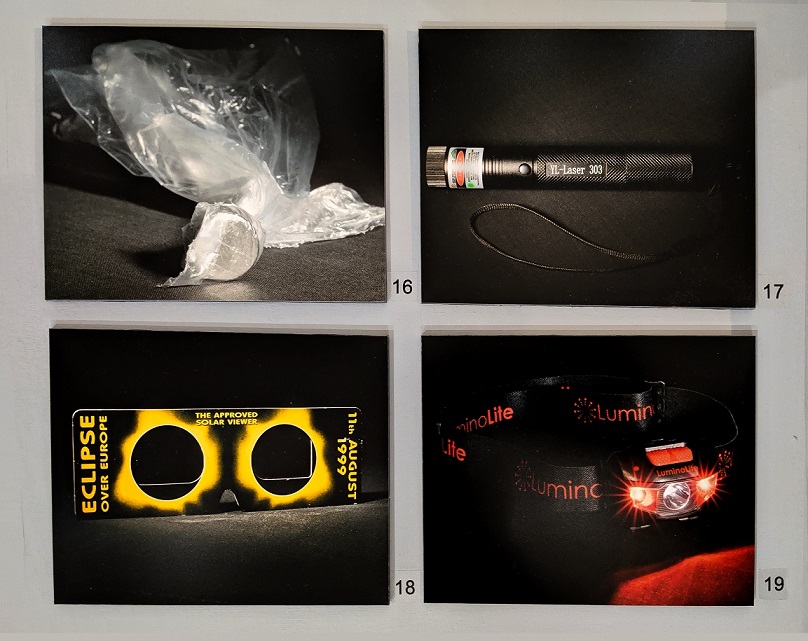
The image shows some of the items that make the sky safe, accessible and understandable- solar filter glasses, a red light to preserve dark adapted vision, and a laser to locate deep sky objects and draw out the constellations in the sky. It’s a lovely collection of items and oddities that shed light on what it means to be an astronomer, both recently and historically, some playful, some integral, and uncovers some of the tools astronomers employ- such as measuring minutes of arc with your fingers.
It is fascinating to see an artist’s interpretation of the immersion of the individual in darkness, and the act of waiting for the universe to emerge. Helen confesses she herself is not an astronomer- and has thoroughly enjoyed stepping into the shoes of those who are and experiencing herself for the first time how darkness can draw a parallel to experiences in her own life. The research gained by speaking to astronomers, stargazers and spending time with us on site at the observatory in the cold, under the clearest skies, she tells me, has been an invaluable and amazing experience. I’d thoroughly encourage you to visit the exhibition, details can be found again below, and to also experience the works of the other photographic artist who explore a variety of themes in a poignant and documentarian way. For myself, I can’t wait to work with Helen again in the future and see where her developing PhD takes her in partnership with Kielder Observatory.
Natasha Lund
Astronomer & Arts Programme Lead
Kielder Observatory Astronomical Society
This email address is being protected from spambots. You need JavaScript enabled to view it.
Observe Experiment Archive explores the parallels between photography and scientific methods such as observation, experimentation and archiving.
The exhibition considers how contemporary photographic artists can respond to both scientific innovation and historical collections, their work transforming our world through light and lens.
It delves into the age-old sense of wonder we feel when faced with the complex nature of our ever-changing world and the ongoing struggle to learn more. The exhibition also considers the power of human inventiveness in meeting global challenges.
Observe Experiment Archive features photography by Mandy Barker, Tessa Bunney, Liza Dracup, Sophie Ingleby, Helen McGhie, Maria McKinney, Robert Zhao Renhui and Penelope Umbrico.


